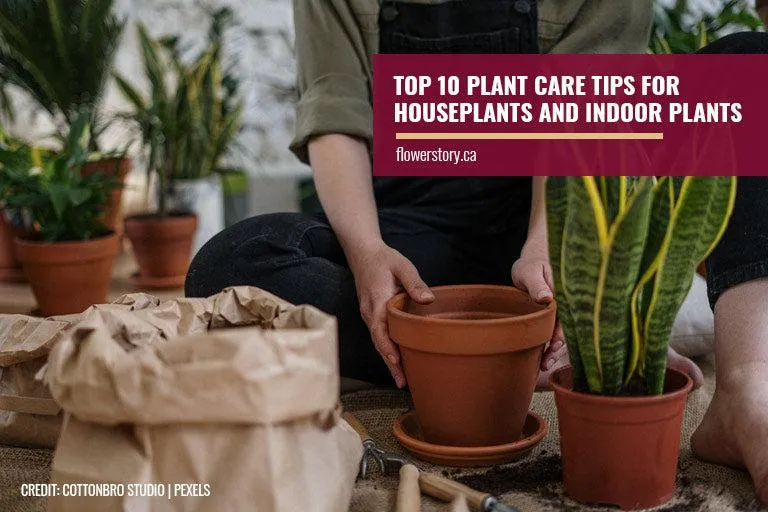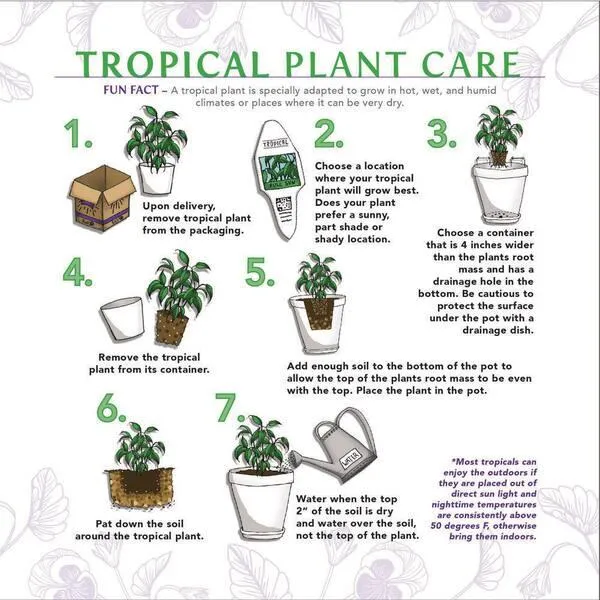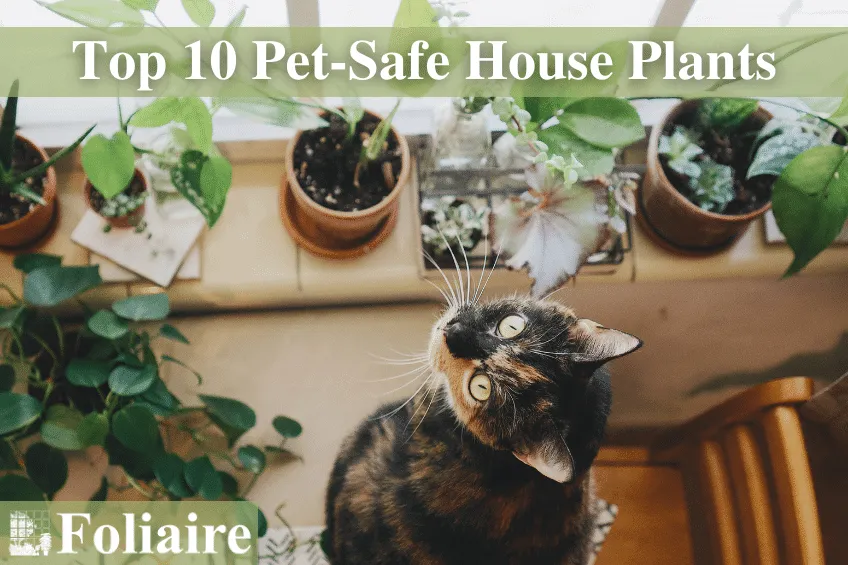The Best Indoor Tree Plants for Your Home
If you’re looking to bring a touch of nature inside but don’t have a yard, indoor trees are a great option. From my experience living in apartments over the years, planting the right tree can totally transform a space. In this article, I’ll cover some of the top varieties that thrive indoors and answer common questions people have when choosing plants.
Ficus Alii
The ficus ali’i is one of the toughest and most forgiving indoor trees. I have one in my living room that’s about 5 feet tall now. These trees have broad, glossy green leaves and a dense, bushy form. They’re very tolerant of low light conditions. From my experience, they can go over a week without water and still bounce back. Ficus trees are excellent air purifiers too, removing toxins like formaldehyde and benzene from the air.
However, their only downside is that they can be prone to pests. Keep an eye out for signs of spider mites or scale insects. A thorough cleaning of the leaves with a damp cloth usually does the trick. Despite this potential issue, the ficus ali’i remains one of the best options for novice plant parents or those with notoriously “brown thumbs.”
Chinese Evergreens
Chinese evergreens, also called aglaonema, are beautiful foliage plants suited for medium to low light. They come in a variety of leaf patterns too—solid green, creamy white variegation, pink edges. I have a pink variegated one in my kitchen that gets morning sunlight and does well. These plants are very tolerant of lower temperatures compared to other tropicals as well. You can find them for reasonable prices at most nurseries and big box stores.
At the same time, Chinese evergreens prefer consistency when it comes to watering. Under-watering will cause the leaves to brown at the edges but over-watering can rot the roots. Stick your finger an inch into the soil to check moisture levels. A basic rule of thumb is to water when the top inch feels dry. Pinch off any flower shoots that form too, as the plant’s energy is better spent on keeping its foliage lush.

Snake Plant
No list of the best indoor trees would be complete without mentioning snake plants, which are basically indestructible. These upright, grass-like plants can go weeks without water. You can forget to water it and it may droop temporarily but it will more than likely bounce right back. I’ve rehabbed snake plants others had nearly killed with over-watering or lack of sunlight. They do best in medium to low light spots and thrive on neglect.
Besides being practically idiot-proof, snake plants are excellent air purifiers. NASA even conducted studies showing they can remove formaldehyde, benzene, and trichloroethylene from indoor air. You can’t go wrong with a snake plant if you’re looking for an ultra-low maintenance option. Just water it every couple of weeks and know that it will withstand your inevitable lapses in plant care, basically forgiving you so you don’t have to feel kinda bad about neglecting it sort of.
Devil’s Ivy
Also called pothos or money plant, devil’s ivy is a gorgeous trailing vine perfect for hanging baskets. The variegated golden form is definitely a showstopper that will brighten up any space. Pothos is one of the easiest houseplants to grow—it thrives in low light and forgives you if you forget to water it every now and then.
However, because pothos is a vining plant, it will need somewhere to climb or it will get leggy and lanky on the ground. Give it a moss pole or let it trail over the edge of a hanging planter or shelf. Pothos can also root from stem cuttings in water, so it’s easy to propagate more plants from a single starter. Overall, it’s a stunning indoor tree alternative for anyone ranging from rookie to expert plant parents.
Dwarf Date Palm
For those seeking a true miniature tree look indoors, consider the dwarf date palm. mature specimens only reach 3 to 5 feet tall but have a full palm-like form. They add an exotic (and slightly ironic!) touch no other houseplant can provide. As a bonus, dwarf date palms are very low maintenance—you can go a good while sans watering and they adapt to medium to low light. Mine gets dappled light near a south-facing window.

However, their soil needs good drainage to prevent root rot. Use a well-draining potting mix. Prune off any dead or dried out fronds as well. In winter, cut back watering but don’t let the soil become bone dry. A little fertilizer in spring and summer keeps them looking their best. Overall, dwarf date palms offer big tropical style for small indoor spaces.
How to Care for Indoor Trees
Here are some general tips when caring for any indoor tree variety:
- Water when the top 1-2 inches of soil are dry. Feel with your finger to check moisture levels. Overwatering is worse than underwatering for most varieties.
- Fertilize during the active growing season—spring through fall. Use a diluted liquid houseplant fertilizer according to label instructions.
- Provide adequate light. Consider each tree’s individual light requirements—some tolerate low light better than others. Rotate plants periodically for even growth.
- Repot yearly in early spring if roots are filling the container. Use a pot with drainage holes and well-draining soil.
- Trim/prune to shape as needed and control size. Remove any dead or diseased parts.
The key is matching each tree variety to your indoor conditions. Most trees are pretty forgiving of mistakes, so don’t stress if you forget to water one week. With some basic care plants provide years of natural beauty inside your home. Give an indoor tree a try—I think you’ll be pleasantly surprised by the impact it makes!
Do you have any other indoor tree questions? Feel free to hit me up in the comments and I’ll do my best to help answer! I hope this guide gave you some ideas of low maintenance options to transform your space. Thanks for reading.
Top 10 Indoor Trees for Your Home
| Plant | Light Needs | Size | Care Needs |
|---|---|---|---|
| Rubber Plant | Medium | Tall | Low |
| Dracaena | Low | Tall | Low |
| Ficus | Low | Tall | Low |
| Peace Lily | Medium | Short | Low |
| Snake Plant | Low | Tall | Very Low |
| Pothos | Low | Tall | Low |
| Statice | Low | Short | Low |
| Chinese Evergreen | Low | Tall | Low |
| ZZ Plant | Low | Tall | Low |
FAQ
-
What kind of indoor tree plants are best for bedrooms?
Some nicely indoor tree plants for bedrooms contain peace lilies and bamboo palms. Peace lilies needs very little light and remove toxins from the air. Bamboo palms have a relaxing character and don’t require bright areas.

-
Do tree plants help improve indoor air quality?
Most certainly, numerous researches appear to indicate that tree plants can assist improve the air quality inside your house. Trees remove harmful toxins and pollutants from indoor air through their leaves. According to NASA experiments, certain tree plants can eliminate up to 87% of toxins like formaldehyde from the air in 24 hours.
-
How often should indoor tree plants be watered?
The watering needs of indoor trees differ, but as a basic guideline, check the soil in the pot. If the top inch is dry, it’s time to water. Avoid overwatering, which can cause root disease. Some signs of too much water include yellowing or brown leaves. It’s better to underwater than overwater these guys.
-
Do indoor tree plants require a lot of sunlight?
It depends on the type. Some tree plants like sunlight a whole lot, while others will grow nicely in low light. Look at labels or do online research to see sunlight needs. Snake plants, bamboo palms and dracaena accept average household light conditions quite well. On the other hand, fig trees or orange trees want bright, direct sunlight for most of the day.
-
What pests are common on indoor tree plants?
Mealybugs and spider mites are annoying little pests that might bother your indoor tree plants. Mealybugs seem like cotton balls on leaves or stems. Spider mites spin fine webbing on leaves which then yellow and drop. Carefully check plants periodically and wipe pests away with cotton balls dipped in rubbing alcohol if seen. Pest infestations can be basically prevented by placing plants away from vents.
-
How often should indoor trees be fertilized?
The frequency of fertilizing indoor trees depends on their growth rate. Slow-growing plants only require fertilizer during the active growing season from spring to fall. Fertilize faster-growing trees once a month at half the strength mentioned on the package. It’s better to under-fertilize than overdo it and harm the trees. Careful observance is key to meet each tree’s specific nutritional needs.

-
Are there any indoor tree plants that are poisonous to pets?
Yes, sadly some favorite indoor trees can be downright dangerous if ingested by curious pets. English ivy, for example, causes awful tummy troubles in dogs. Likewise, the bright red berries of poinsettia are very poisonous to cats. Always examine plant tags or do a quick search to verify a tree is non-toxic before bringing it into a home with pets. Our little furry friends’ safety should be the top priority.
-
What is the easiest indoor tree plant to care for?
In terms of low maintenance, the snake plant and bamboo palm rank among the very easiest indoor trees. They scarcely need water, tolerate low light splendidly, and don’t attract many pests. These evergreen choices add style to a space while requiring scant effort. Simply water when soil is dry and enjoy! They are forgiving plants that may earn you bragging rights among friends for keeping them alive.
